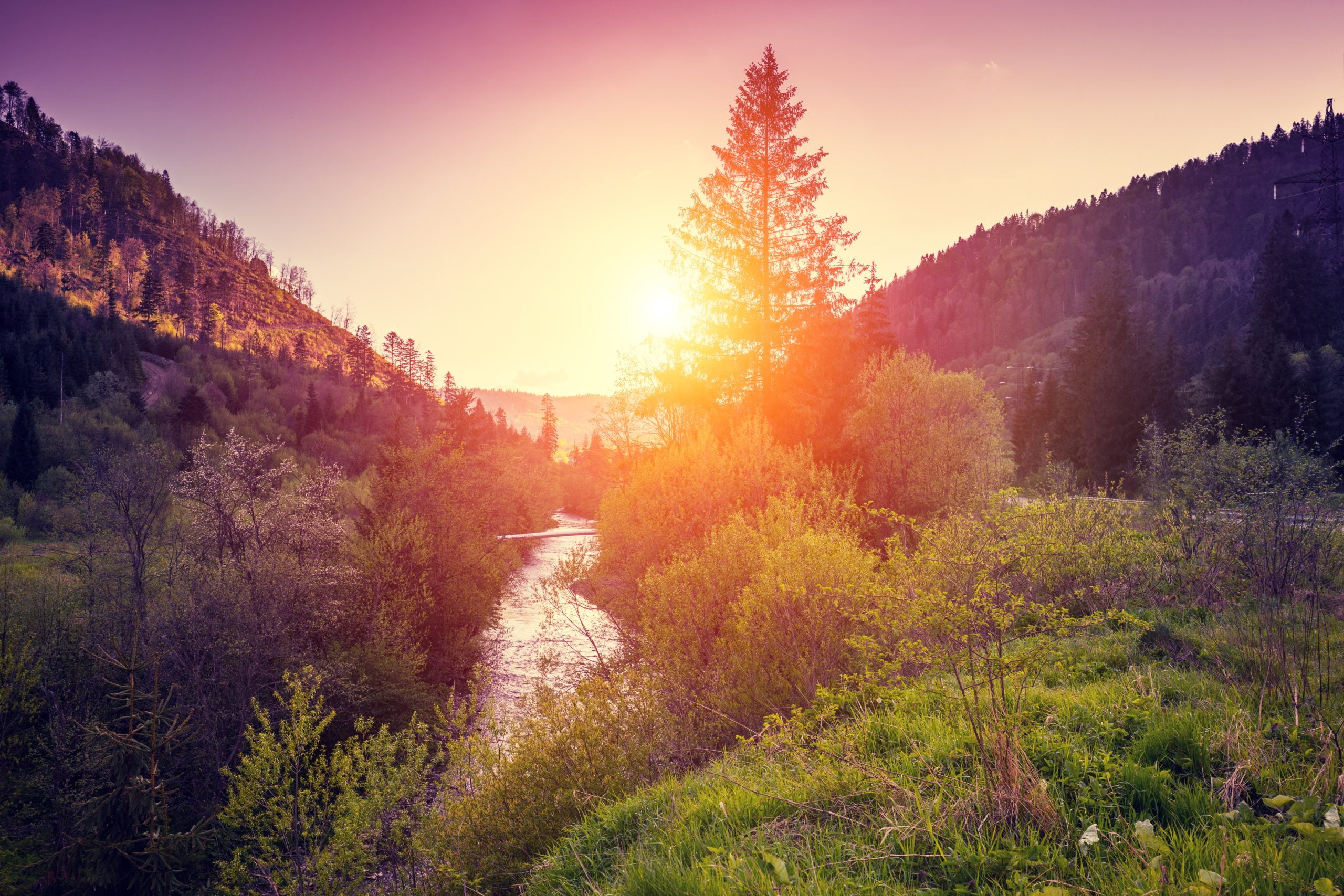Wilderness survival is a challenging and rewarding experience that requires careful planning and preparation. Whether you’re a seasoned outdoorsman or a novice adventurer, choosing the right terrain for your next survival challenge can make all the difference in your success. In this blog post, we’ll explore four different types of terrains: jungles, deserts, mountains, and provide tips on how to conquer each one.
Choosing the Right Terrain for Your Next Challenge
The first step in any wilderness survival challenge is selecting the right terrain. Each type of landscape presents its own unique set of obstacles and opportunities, so it’s essential to choose one that aligns with your skillset and goals. Here are some factors to consider when choosing your terrain:
Climate: Are you prepared to handle extreme temperatures, high humidity, or unpredictable weather patterns?
Vegetation: Will you have access to food and water sources, or will you need to rely on other resources?
Terrain: Is the land flat and easy to navigate, or are there steep inclines and rocky cliffs?
Wildlife: Are there dangerous animals or insects that could pose a threat?
Once you’ve considered these factors, you can begin planning your survival strategy.
Forests and Jungles: The Ultimate Survival Guide
If you’re looking for a dense, lush environment rich with natural resources, a forest or jungle may be the perfect choice for your survival challenge. Here are some tips for conquering this type of terrain:
Learn to identify edible plants and fungi: Many species of flora found in forests and jungles are safe to eat, but others can be deadly. Practice identifying which ones are safe before embarking on your journey.
Build shelter using natural materials: With an abundance of trees and foliage, building a sturdy shelter should be relatively easy. Look for branches, leaves, and vines to construct a durable structure that will protect you from the elements.
Stay hydrated: Water sources may not always be readily available in a forest or jungle, so it’s crucial to stay hydrated by drinking plenty of fluids and collecting rainwater whenever possible.
Deserts: Surviving in the Harshest of Environments
A desert survival challenge may seem daunting, but with proper preparation and planning, it can be a rewarding experience. Here are some tips for conquering this harsh terrain:
Stay cool: Temperatures in desert environments can reach dangerously high levels, making it imperative to keep cool. Wear lightweight, breathable clothing and seek shade during peak heat hours.
Conserve water: Water sources are scarce in the desert, so it’s critical to conserve every drop. Ration your water intake and look for ways to collect moisture, such as digging for underground springs or collecting dew.
Find shelter: Finding adequate shelter in the desert can be difficult, but it’s necessary to protect yourself from the sun and wind. Consider building a makeshift tent using tarps or other materials.
Mountains: Conquering the Peaks and Valleys
If you’re up for a serious physical and mental challenge, a mountain survival challenge may be just what you’re looking for. Here are some tips for conquering this rugged terrain:
Prepare for altitude sickness: Altitude sickness can cause dizziness, nausea, and even loss of consciousness. Take steps to acclimate to higher elevations gradually and avoid exerting too much energy at high altitudes.
Navigate carefully: Mountains can be treacherous and unforgiving, especially if you’re unfamiliar with the terrain. Use caution when climbing and descending steep slopes, and watch for loose rocks or other hazards.

Stay warm: Even in summer months, mountain temperatures can plummet at night. Make sure to pack appropriate clothing and bedding to keep warm throughout the evening.
Conclusion: Tips for Successful Wilderness Survival
No matter which terrain you choose for your wilderness survival challenge, there are several universal tips that can help ensure your success:
Plan ahead: Research the area thoroughly and prepare a detailed plan that includes emergency contingencies.
Pack appropriately: Bring only what you need and prioritize items based on their importance. Don’t forget essentials like water filtration systems, fire starters, and first aid kits.
Stay calm: Panic and stress can impair decision-making abilities and lead to poor choices. Take deep breaths, remain focused, and take action deliberately.
Remember, successful wilderness survival isn’t just about enduring tough conditions – it’s also about enjoying the beauty and tranquility of nature along the way. By following these tips and being mindful of your surroundings, you can tackle any terrain with confidence and come away with a truly memorable experience.